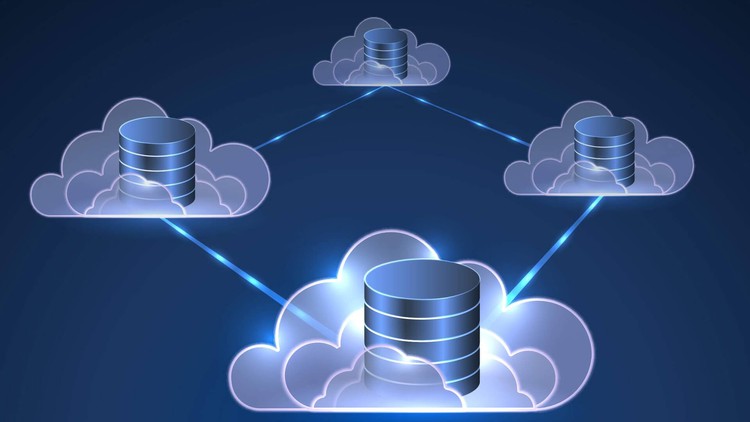
Learn The Fundamentals of AWS Redshift
What you will learn
Overview of AWS Redshift and learn all the essentials.
Learn about data warehousing, and relational database management.
Explore the Redshift user interface and customized configuration options.
Best practices for data optimization and data distribution.
Learn about storage, cost management, and much more more.
Description
In this course you will get an overview of AWS Redshift and learn all the essentials.
Tens of thousands of customers rely on Amazon Redshift to analyze exabytes of data and run complex analytical queries, making it the most widely used cloud data warehouse. Run and scale analytics in seconds on all your data without having to manage your data warehouse infrastructure.
This course will help you get better understanding of big data fundamentals, Redshift, data warehousing, and relational database management.
First we’ll explore the Redshift user interface and customized configuration options with a hands-on tutorial and sample dataset.
You’ll also learn all the essentials to get the most out of Redshift as a product, including best practices for data optimization, data distribution, storage, cost management, and much more.
By the end of this course you will have a solid understanding of all the essentials of Redshift.
AWS Redshift is a service by AWS that provides a fully managed and scaled for petabyte warehousing with an enterprise-class relational database management system that supports client connections with many types of applications, including reporting, analytical tools, and enhanced business intelligence (BI) application where you can query large amounts of data in multiple-stage operations to produce final result and all these at very efficient storage and optimum query performance through a massively parallel processing and query execution.
Content